Table of content
Dazha Zhou, a beloved traditional dish from Northeast China, is a comforting and nutritious porridge that has warmed generations with its rustic charm. Made from a blend of cracked corn, beans, and sometimes other wholesome ingredients, this dish embodies simplicity and heartiness. Whether enjoyed for breakfast, lunch, or dinner, mastering the art of preparing Dazha Zhou requires attention to detail, patience, and an appreciation for the balance of flavors and textures. This guide will walk you through every step, from selecting ingredients to serving, ensuring your porridge is rich, creamy, and deeply satisfying.

The Essence of Dazha Zhou: A Brief Cultural Overview
Dazha Zhou, often translated as “coarse corn porridge,” traces its roots to the agricultural traditions of Northeast China, where cold winters and fertile soil shaped culinary practices. Historically, it was a staple for farmers and laborers, providing sustained energy through its high fiber and complex carbohydrate content. Today, it remains a symbol of humility and nourishment, often served in homes and small eateries as a testament to enduring culinary traditions.
Unlike refined porridges, Dazha Zhou retains the earthy texture of cracked corn and beans, creating a dish that is both filling and grounding. Its preparation is as much a ritual as it is a meal—a process that connects cooks to their heritage and the rhythm of the seasons.
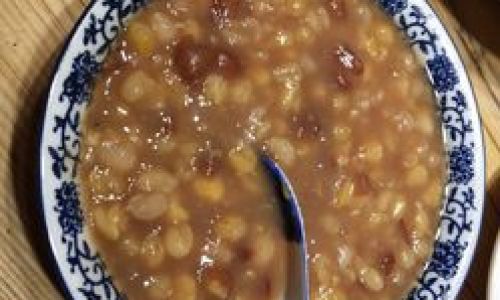
Ingredients: The Foundation of Flavor
The beauty of Dazha Zhou lies in its simplicity, but selecting quality ingredients is paramount. Here’s what you’ll need:
- Cracked Corn (Dazha): The star ingredient, cracked corn imparts a hearty texture and mild sweetness. Opt for coarse-ground varieties for authentic results.
- Beans: A mix of red adzuki beans, kidney beans, or black-eyed peas adds protein and creaminess. Soak them overnight to soften.
- Optional Grains: Sorghum, millet, or barley can enhance complexity.
- Aromatics: Fresh ginger, garlic, or scallions (green onions) elevate the porridge’s depth.
- Seasonings: Salt, soy sauce, or a drizzle of sesame oil for finishing.
- Toppings: Chopped cilantro, crispy fried dough sticks (youtiao), pickled vegetables, or a soft-boiled egg.
Step-by-Step Preparation: From Soaking to Simmering
Soaking the Grains and Beans
- Why Soak? Soaking reduces cooking time and ensures even texture. Place beans and grains in separate bowls, cover with cold water, and let them rest for 6–8 hours (or overnight). Drain and rinse before cooking.
Preparing the Base
- In a large, heavy-bottomed pot, combine the soaked beans, cracked corn, and any optional grains. Add water in a 1:8 ratio (1 part grains to 8 parts water). For example, 1 cup of grains requires 8 cups of water.
- Pro Tip: Use filtered water to avoid mineral aftertastes that could dull the porridge’s flavor.
Simmering to Perfection
- Bring the mixture to a rolling boil over high heat, then reduce to a gentle simmer. Skim off any foam that rises to the surface.
- Stirring Technique: Stir occasionally with a wooden spoon to prevent sticking. As the porridge thickens, increase stirring frequency to avoid lumps.
- Cooking Time: Expect 1.5–2 hours on the stovetop. The porridge is ready when the grains are tender and the mixture coats the back of the spoon.
Seasoning and Flavor Enhancements
- Salt: Add 1–2 teaspoons of salt during the last 15 minutes of cooking to meld flavors.
- Aromatics: For depth, sauté minced ginger and garlic in a neutral oil until fragrant, then stir into the porridge.
- Soy Sauce: A splash adds umami; use sparingly to avoid overpowering the porridge’s natural sweetness.
Achieving the Ideal Consistency
- Dazha Zhou should be thick yet pourable, with a texture reminiscent of creamy oatmeal. If too thick, gradually stir in hot water. If too thin, simmer uncovered to reduce.
Mastering Texture and Flavor: Advanced Tips
The Role of Fire
- Low and Slow: Maintaining a gentle simmer is critical. Aggressive boiling can cause the porridge to scorch or separate.
- Clay Pot Cooking: For authentic results, use a clay pot, which distributes heat evenly and imparts a subtle earthiness.
Balancing Sweet and Savory
- Sweet Variation: Add diced sweet potato or pumpkin during the last 30 minutes of cooking for natural sweetness.
- Savory Twist: Incorporate diced pork belly or smoked ham hocks at the start for a rich, meaty undertone.
Garnishes That Elevate
- Crispy Toppings: Fried shallots, crushed peanuts, or youtiao add contrasting textures.
- Fresh Herbs: Cilantro or chopped scallions brighten the dish.
- Fermented Notes: A side of pickled daikon or chili paste cuts through the porridge’s richness.
Troubleshooting Common Issues
- Burnt Bottom: Use a heat diffuser or cook over lower heat. Stir more frequently as the porridge thickens.
- Lumpy Texture: Ensure thorough rinsing of grains and constant stirring during cooking.
- Bland Flavor: Enhance with toasted sesame oil, a pinch of white pepper, or a dollop of chili crisp.
Regional Variations: Exploring Diversity
Dazha Zhou’s recipe evolves across China, reflecting local ingredients and preferences:
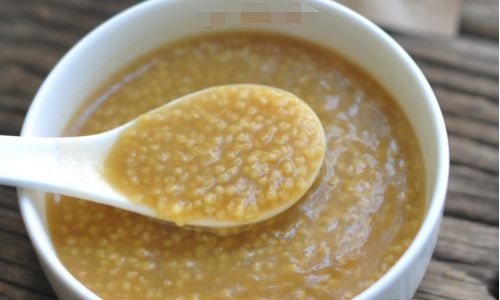
- Liaoning Style: Often includes dried mushrooms and soybeans for an umami-rich profile.
- Heilongjiang Variant: Features potato cubes and a splash of vinegar for a tangy kick.
- Modern Interpretations: Some chefs add quinoa or miso paste for contemporary flair.
Nutritional Benefits: A Bowl of Wellness
Dazha Zhou is a nutritional powerhouse:
- Fiber: Supports digestion and satiety.
- Protein: From beans and optional meat additions.
- Antioxidants: Ginger and garlic boost immunity.
- Low Glycemic Index: Ideal for blood sugar management.
Serving Suggestions: Pairing and Presentation
- Traditional Pairing: Serve with steamed buns (mantou) and a side of stir-fried greens.
- Modern Plating: Ladle the porridge into a shallow bowl, top with a soft-boiled egg, and garnish with microgreens.
- Family Style: Place the pot in the center of the table with an array of toppings for a communal meal.
Preserving Leftovers: The Gift of Reheating
Dazha Zhou improves with age. Store leftovers in an airtight container in the refrigerator for up to 3 days. Reheat gently with a splash of water to restore creaminess.
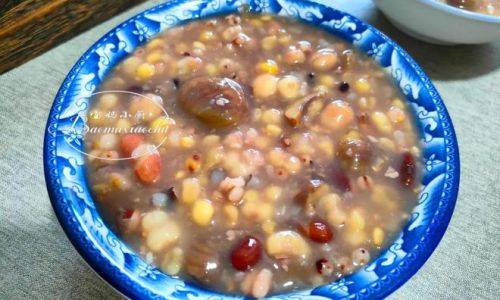
Conclusion: The Joy of Dazha Zhou
Mastering Dazha Zhou is an exercise in patience and mindfulness—a dance between fire, water, and grain. Each spoonful tells a story of resilience, tradition, and the simple pleasure of sharing a meal. Whether you’re a novice cook or a seasoned chef, this porridge invites you to slow down, savor the moment, and honor the timeless art of nourishing both body and soul.
As you embark on your Dazha Zhou journey, remember that perfection lies not in rigid adherence to rules, but in the harmony of flavors and textures you create. Experiment, adapt, and let your porridge reflect your own culinary voice. Bon appétit!

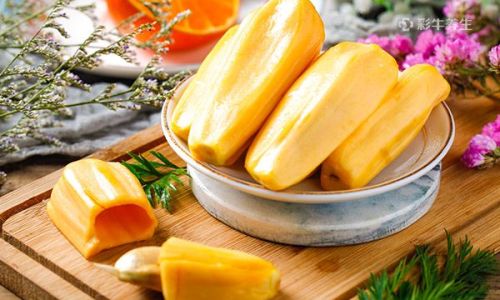
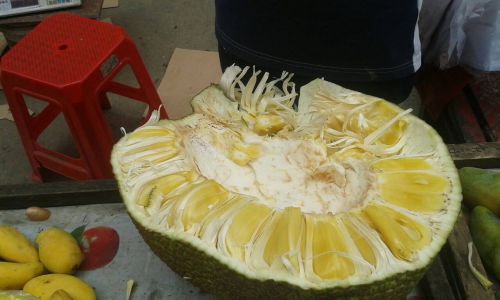
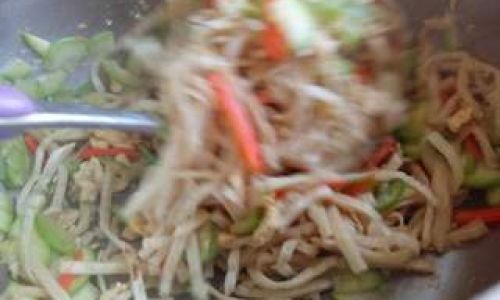
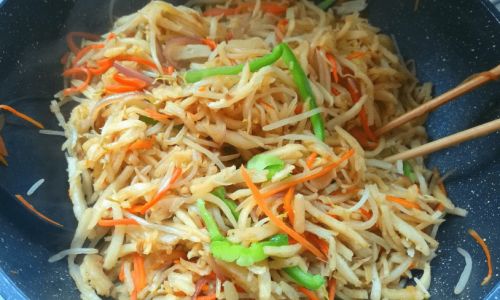
0 comments